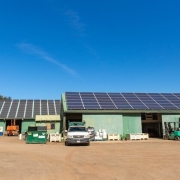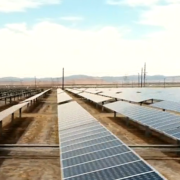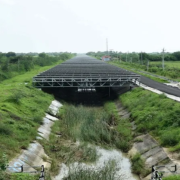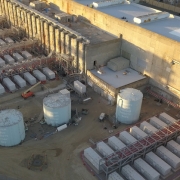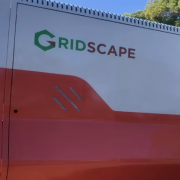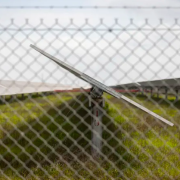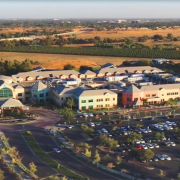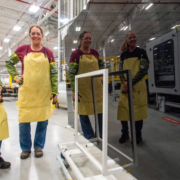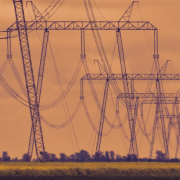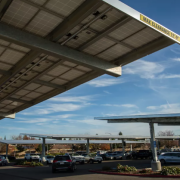Full Belly Farm, Inc. is a certified organic 450-acre farm located in Yolo County that sustainably grows more than 100 different crops. By investing in sustainable energy production, carbon sequestration through good soil management, cover crop production, and efficiency, Full Belly Farm, Inc. is working to lower their greenhouse gas emissions. A leader in on-farm production of value-added products such as jams, sauces, oils, dried goods, baked goods, and wheat products like pizza dough and pasta, Full Belly Farm, Inc. employs at least 80 people year-round, supporting more than 20 local families.
The California Energy Commission’s Renewable Energy for Agriculture Program awarded a $75,976 grant to the farm, with a 100 percent match commitment from the recipient. Completed and fully operational in August 2020, the project includes a new 61 kilowatt (kW) solar photovoltaic energy system that produces enough energy to reduce Full Belly Farm’s total annual energy costs by 50 percent and two Level-2, 10 kW electric vehicle charging stations. These chargers supply power to electric farming vehicles and are available to employees and visitors. The system reduces peak loads on the electrical grid and helps Full Belly Farms meet its goal of 100 percent renewable energy usage.
Click here to read the full article
Source: CA Climate Investments
—
If you have any questions or thoughts about the topic, feel free to contact us here or leave a comment below.

